Design Seals Templates
Free editable design seals templates for online editing
Found 11 design seals Templates


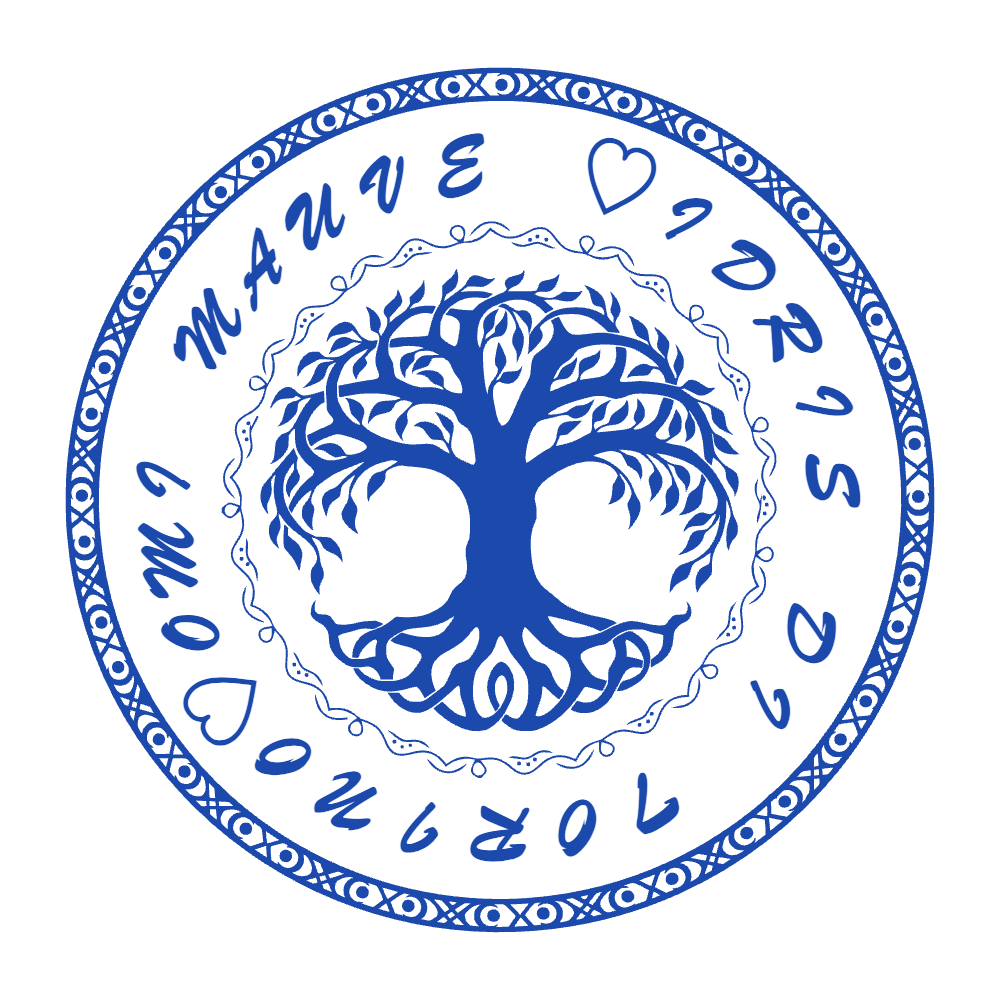
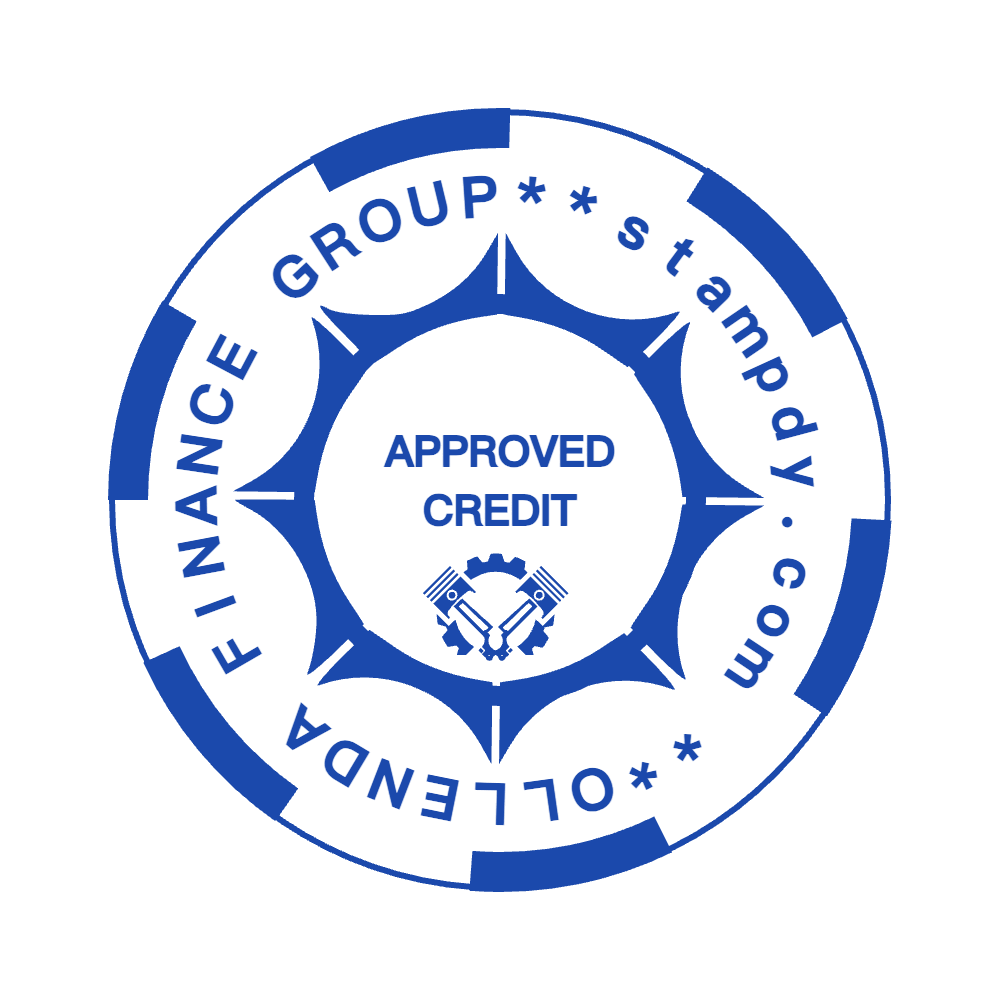
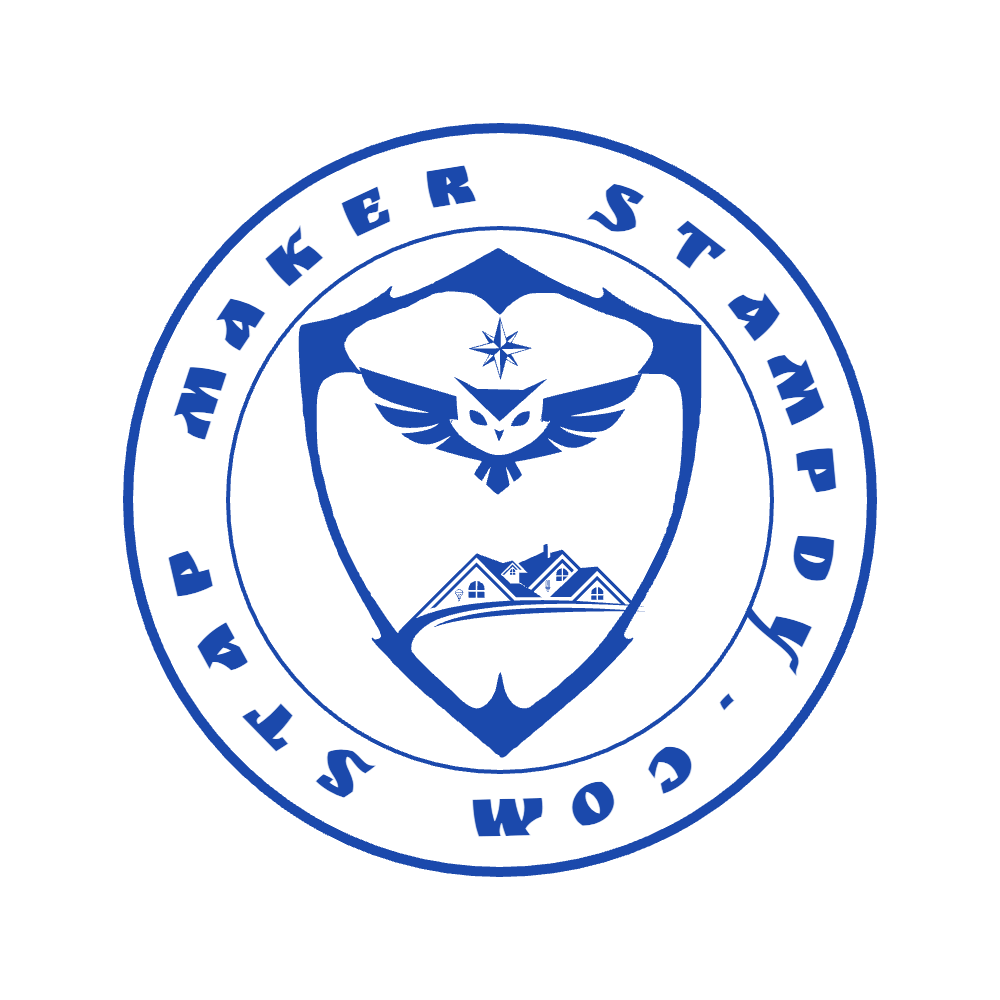

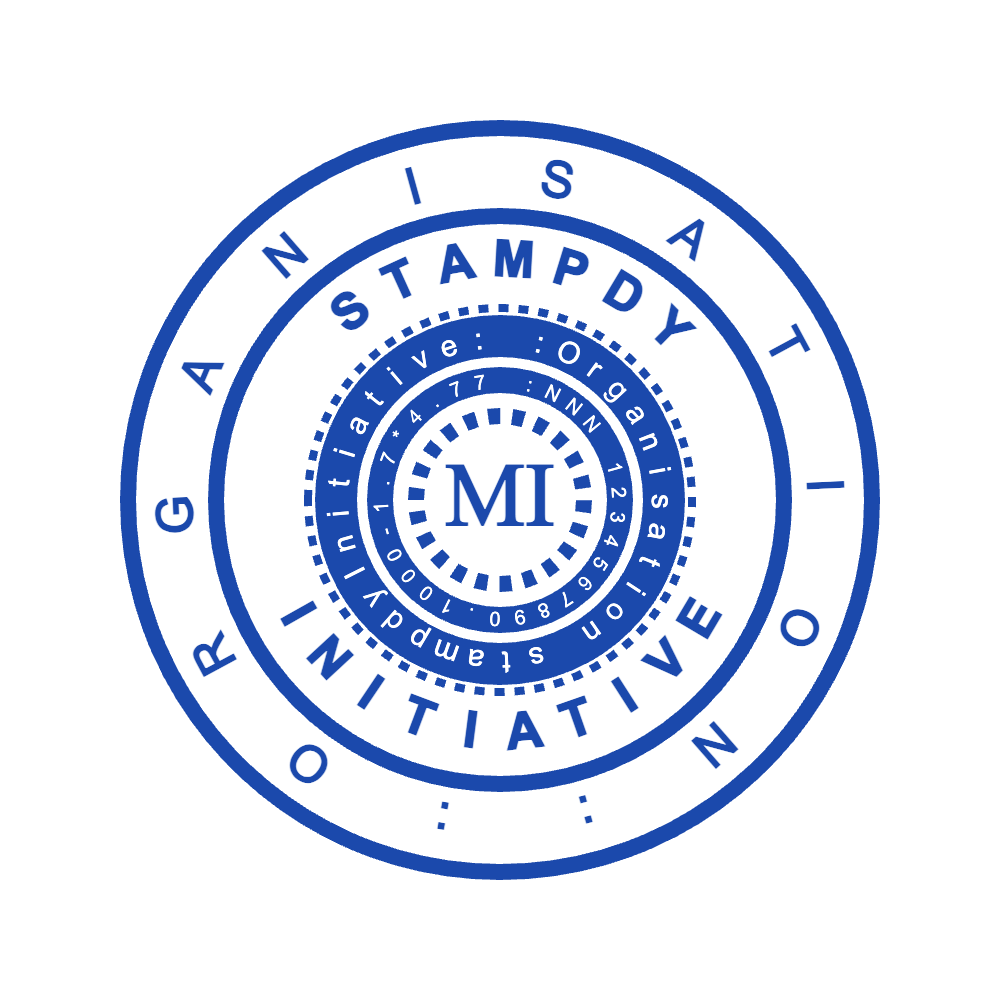
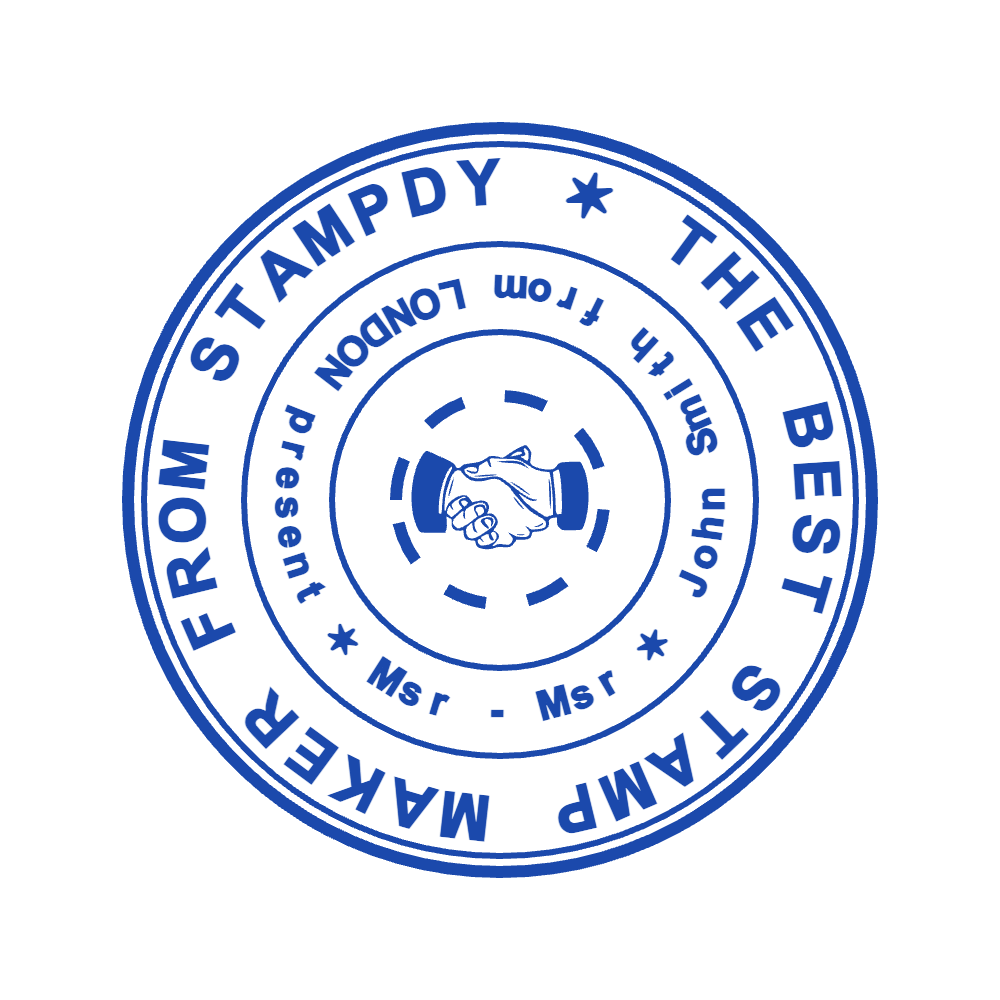
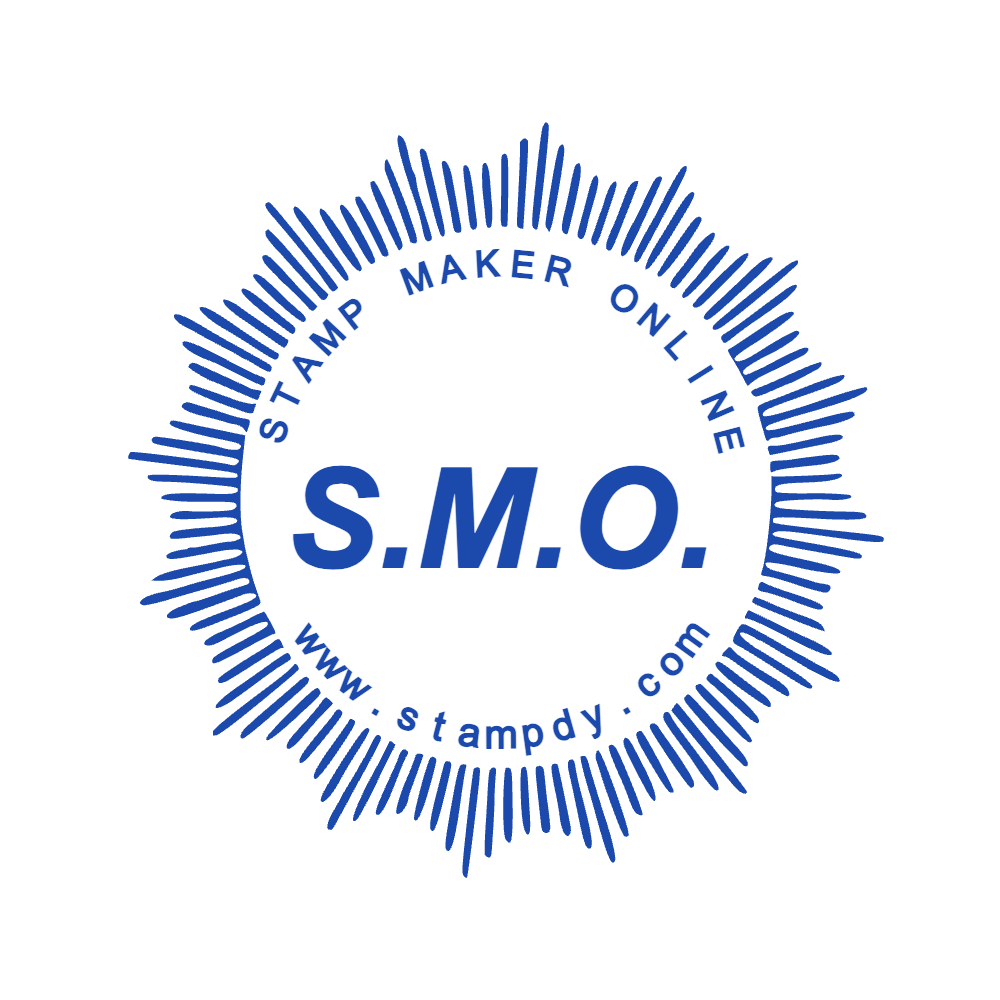

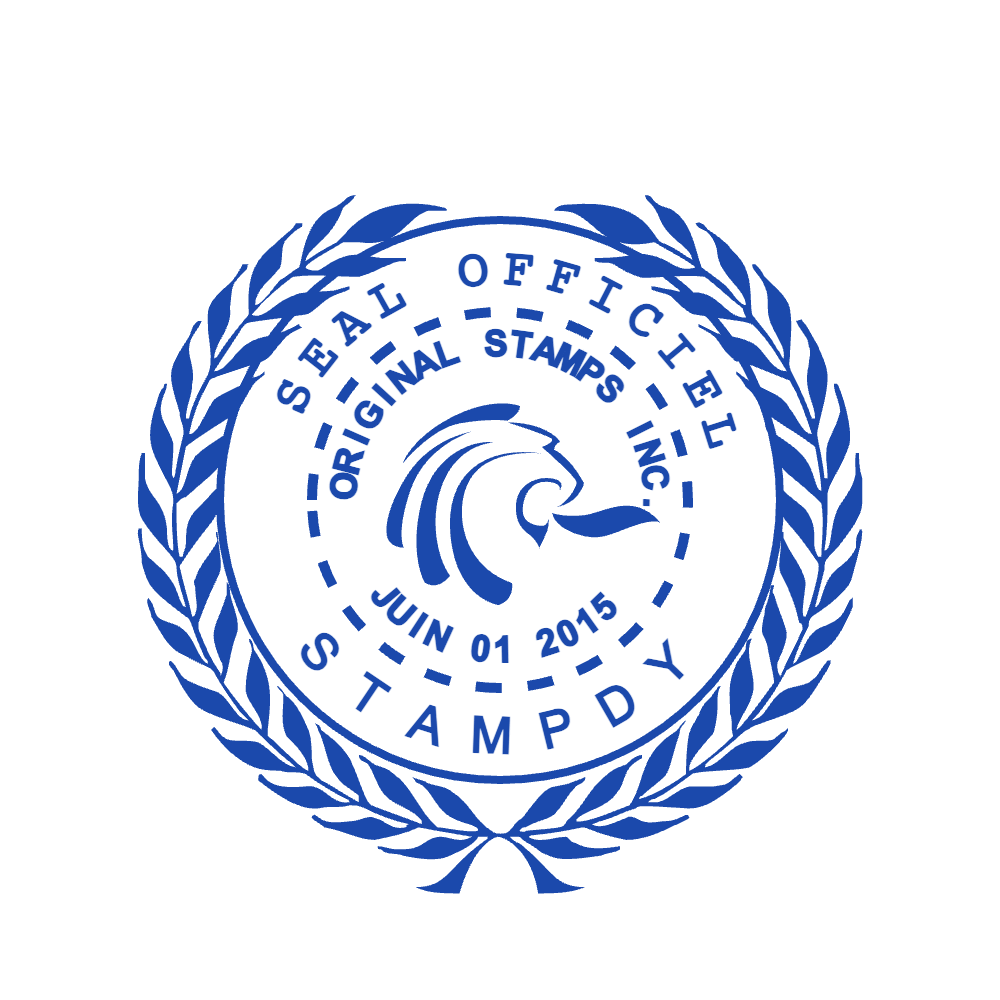
Design Seals: Unleashing Creativity and Purpose in Every Stamp
In the world of official documentation, branding, and personal expression, design seals stand as a unique and powerful medium. A well - designed seal is more than just an imprint; it's a statement of identity, a mark of authenticity, and a creative outlet that combines artistry with functionality. Whether you're looking to create an official government seal, a corporate logo stamp, or a personalized design for your hobbyist projects, understanding the elements of design seals is key. Let's explore the fascinating world of design seals, from their historical roots to modern - day applications and design tips.
The Significance of Design Seals Through the Ages
Design seals have a long - standing history, dating back to ancient civilizations. In ancient Mesopotamia, cylinder seals were intricately carved with symbols and patterns. These seals were rolled onto clay tablets to authenticate documents, mark ownership of property, and convey messages. The Egyptians used scarab seals, often featuring hieroglyphics and images of deities, for similar purposes. These early seals were not only practical but also held deep cultural and religious significance.
Fast - forward to the Middle Ages in Europe, wax seals became prevalent. Nobles and monarchs used personalized wax seals to authenticate important documents such as treaties, land deeds, and royal decrees. The design of these seals was a reflection of the family crest or coat of arms, representing the status and authority of the individual or family. The use of seals in this era was so important that tampering with a seal was considered a serious offense, often punishable by law.
Today, design seals continue to play a crucial role. In the corporate world, they are used to authenticate legal documents, contracts, and official correspondence. A company's seal, with its carefully crafted logo and branding elements, adds an extra layer of legitimacy to its operations. Government agencies rely on seals to mark official forms, licenses, and certificates, ensuring that the public can trust the authenticity of these documents. And on a more personal level, artists, crafters, and collectors use custom - designed seals to add a unique touch to their work, whether it's stamping handmade cards, art prints, or scrapbooks.
Different Styles of Design Seals
Traditional and Classical Designs
Traditional design seals often draw inspiration from historical symbols and heraldry. These seals typically feature elements such as coats of arms, lions, eagles, and other regal animals. The color palette is usually limited to classic colors like gold, silver, and deep reds, which evoke a sense of authority and tradition. For example, a traditional family crest seal might include a shield divided into quarters, each quarter displaying a symbol that represents a different aspect of the family's history or values. The lines in traditional design seals are often clean, straight, and symmetrical, creating a formal and elegant look. This style is commonly used by government institutions, historical societies, and traditional - minded businesses.
Modern and Minimalist Designs
In contrast, modern and minimalist design seals embrace simplicity and functionality. These seals use a limited color palette, often black, white, or a single bold color. The design elements are stripped down to the bare essentials, with simple geometric shapes and clean lines. A modern corporate seal might consist of just the company's initials in a sleek, sans - serif font, surrounded by a simple circle or square. The focus in minimalist design seals is on clarity and legibility, making them easy to recognize and reproduce across different mediums. This style is popular among startups, tech companies, and organizations that want to convey a contemporary and forward - thinking image.
Artistic and Creative Designs
Artistic design seals are a playground for creativity. These seals can incorporate a wide range of elements, from abstract art and watercolor effects to detailed illustrations. Artists might use seals to express their unique style and vision. For instance, a graphic designer could create a seal that looks like a miniature work of art, with swirling patterns, vibrant colors, and unexpected shapes. A nature - themed artistic seal might feature a detailed drawing of a flower or a bird. These seals are not only used for authentication but also as a form of self - expression. They can be found on art prints, handmade products, and personal stationery, adding a touch of artistry and individuality.
Key Elements in Design Seal Creation
Symbolism
Symbols are at the heart of every design seal. They convey meaning and represent the entity or concept behind the seal. In a government seal, symbols like the national flag, an important landmark, or a historical figure can be used to represent the country or region. For a business, symbols related to its industry can be incorporated. For example, a software company might use a gear or a circuit board symbol in its seal to represent technology. When choosing symbols, it's important to ensure that they are relevant, easily recognizable, and have positive connotations.
Typography
The choice of font in a design seal is crucial. The font should be legible, especially when the seal is used on small - scale documents. For traditional seals, serif fonts are often preferred as they add a sense of formality and elegance. Sans - serif fonts, on the other hand, are more commonly used in modern and minimalist designs for their clean and contemporary look. The size and placement of the text also matter. The name of the company, organization, or individual being represented should be prominently displayed, but not overcrowd the seal. Sometimes, a motto or a short phrase can be added to further convey the message or values associated with the seal.
Color
Color plays a significant role in design seals. Different colors evoke different emotions and associations. Gold and silver are often used to convey luxury, prestige, and authority, making them popular choices for official and high - end seals. Red can symbolize passion, energy, and importance, while blue is associated with trust, stability, and professionalism. When choosing colors for a seal, it's important to consider the brand identity (if it's a corporate or organizational seal) or the intended message. The color combination should be harmonious and visually appealing, and also work well when the seal is printed in black and white or in different color - reduced formats.
Border and Frame
The border or frame of a design seal can enhance its overall appearance and provide a sense of structure. A simple, clean border can help to define the shape of the seal and draw the eye inwards. In traditional seals, elaborate borders with decorative elements like filigree or laurel wreaths are common. These borders add a touch of opulence and detail. In modern designs, a thin, straight border might be used to give a sleek and minimalist look. The border should complement the other elements of the seal and not overpower them.
Design Seal Applications
Official Documentation
One of the primary uses of design seals is in official documentation. Government agencies use seals on passports, visas, birth certificates, and marriage licenses. These seals are not only a mark of authenticity but also a representation of the government's authority. In the legal field, seals are used on contracts, deeds, and court orders. A notary public's seal, for example, is required on many legal documents to verify their authenticity. Businesses also use seals on important documents such as company bylaws, stock certificates, and official correspondence. The design of these seals must meet legal requirements and be consistent with the organization's identity.
Branding and Marketing
Design seals are a powerful branding tool. A unique and well - designed seal can help a company stand out in the market. It can be used on company letterheads, business cards, product packaging, and marketing materials. A corporate seal that incorporates the company's logo and brand colors creates a cohesive and professional look. It also adds an extra layer of trust and credibility in the eyes of customers. For example, a high - end luxury brand might use a gold - embossed seal on its product boxes to convey quality and exclusivity. Small businesses and startups can also benefit from a well - designed seal to establish their brand identity and make a memorable impression.
Personal and Hobbyist Use
Design seals are not just for official and corporate use. Hobbyists, artists, and collectors often create and use custom - designed seals. Scrapbookers might use seals to add a decorative touch to their pages, while artists can use them to sign and authenticate their prints. Book collectors might have a personalized seal to mark their books. These seals can be as simple or as elaborate as the individual desires. They offer a way for people to express their creativity and add a personal touch to their projects.
In conclusion, design seals are a versatile and important part of our visual and functional landscape. Whether you're creating a seal for official, business, or personal use, understanding the different styles, elements, and applications can help you create a design that is both meaningful and visually appealing. With the right design, a seal can become a lasting symbol that represents your identity, values, and creativity.